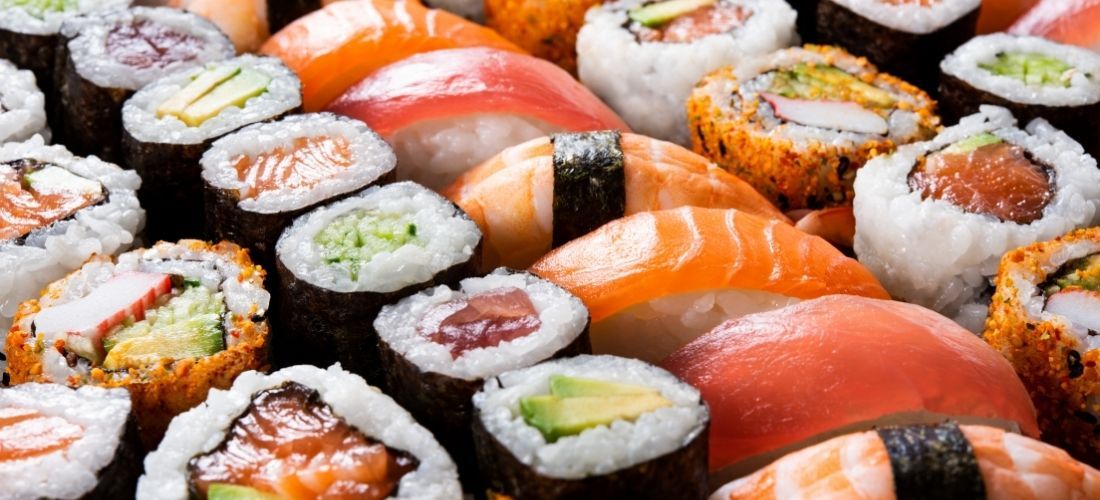
Sushi is one of the most popular foods internationally and a national dish of Japan. Although there is an impressive amount of sushi varieties, one of the most common ingredients is raw fish. If properly cared for, this isn’t a problem, but raw fish – and consequently, ready-to-eat sushi – can potentially be classed as a hazardous food. Dangers include listeria, salmonella, and tapeworms, to name but a few. Even the rice needs to be correctly looked after.
As millions worldwide can testify daily, there shouldn’t be a problem if it is prepared and stored properly. But strict guidelines need to be established and followed. Recently, the NSW Food authority updated its guidelines for the storage, preparation, and display of sushi to ensure its safety.
The most basic rules set out in the guidelines stress the importance of maintaining sushi at temperatures of 5℃ or below, or above 60℃. However, there is a bit of leeway known as the “2 hour/ 4 hour” rule. If sushi has been at temperatures between 5℃ and 60℃ for less than 2 hours, it must be refrigerated or used immediately, but it must be used straight away if between 2 and 4 hours. Over 4 hours, and it should be thrown out.
The guidelines delve into more detail on receiving and storing foods, preparing sushi, and the retail display of sushi. It also provides a lot of helpful references and further reading. Here is a brief overview:
Food should only be sourced from reputable suppliers whose details are recorded. On receipt, food should be inspected and be within the use by/ best before dates. Sushi should only be transported in refrigerated trucks at temperatures at or below 5℃, or above 60℃, and should be covered.
Acidified rice needs to be pH tested and, if stored at room temperature, must be used on the day it was made. Other requirements describe in detail the ideal way to store, refrigerate and freeze products.
As preparing sushi involves handling both raw and cooked foods and can be eaten without further heating, the guidelines stress the importance of correct safety measures. If not done correctly, bacteria can grow, and there can be cross-contamination of foods. Cleanliness is the key issue here, and the guidelines give valuable advice on aspects such as equipment and utensils, personal hygiene, and the use of disposable gloves.
The guidelines then talk about the actual preparation, including defrosting frozen fish, dealing with acidified rice, and preparing fillings and sushi.
The final section deals with display and gives advice such as the “2 hour/ 4 hour” rule. There are recommendations such as avoiding direct sunlight, covering food, and discarding anything not eaten at the end of every day. There are detailed tips on sanitation and how to monitor and record when sushi was made and the implementation of a “first-in-first-served” system. Sushi bars and sushi conveyor systems are also given advice and guidelines to ensure food safety.
Sushi is an immensely popular and largely healthy food. But it does require a bit more care compared to a lot of other dishes. These updated guidelines are a clear and helpful way to ensure that this delicious cuisine is safe for customers.
The updated NSW Food authority document can be found here: Food safety guidelines for the preparation and display of sushi.
As a food business owner, you understand the impor...
View MoreFoodborne illness is a significant concern for Aus...
View MoreThe food industry is no stranger to the threat of ...
View MoreAs a food business owner, it's crucial to ensu...
View More_1.png)